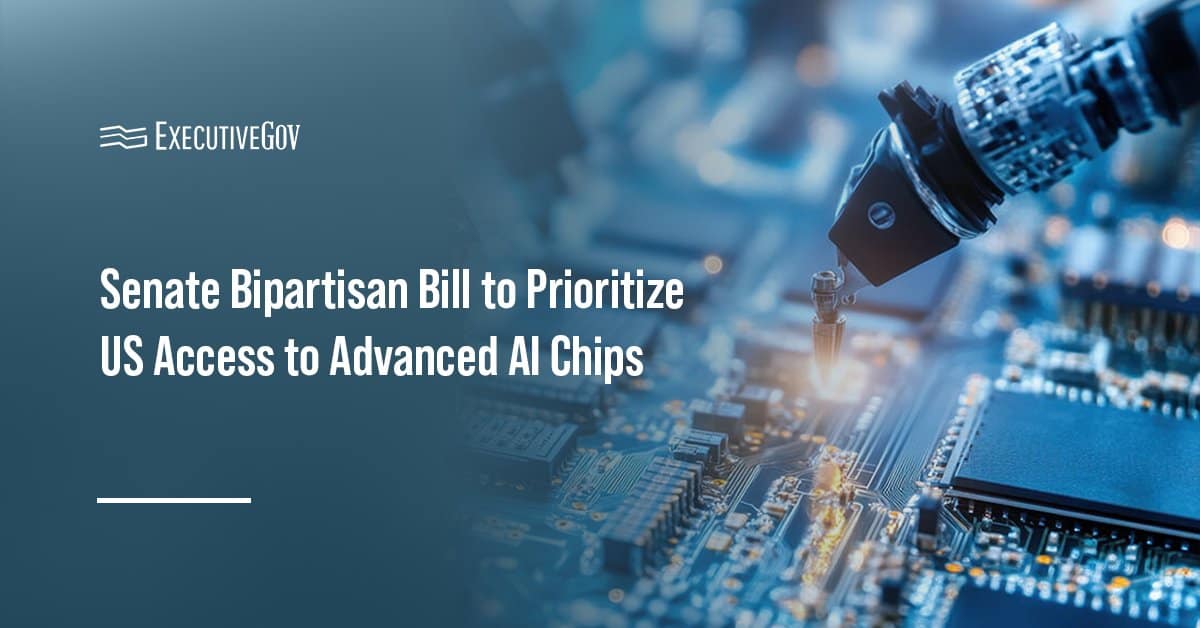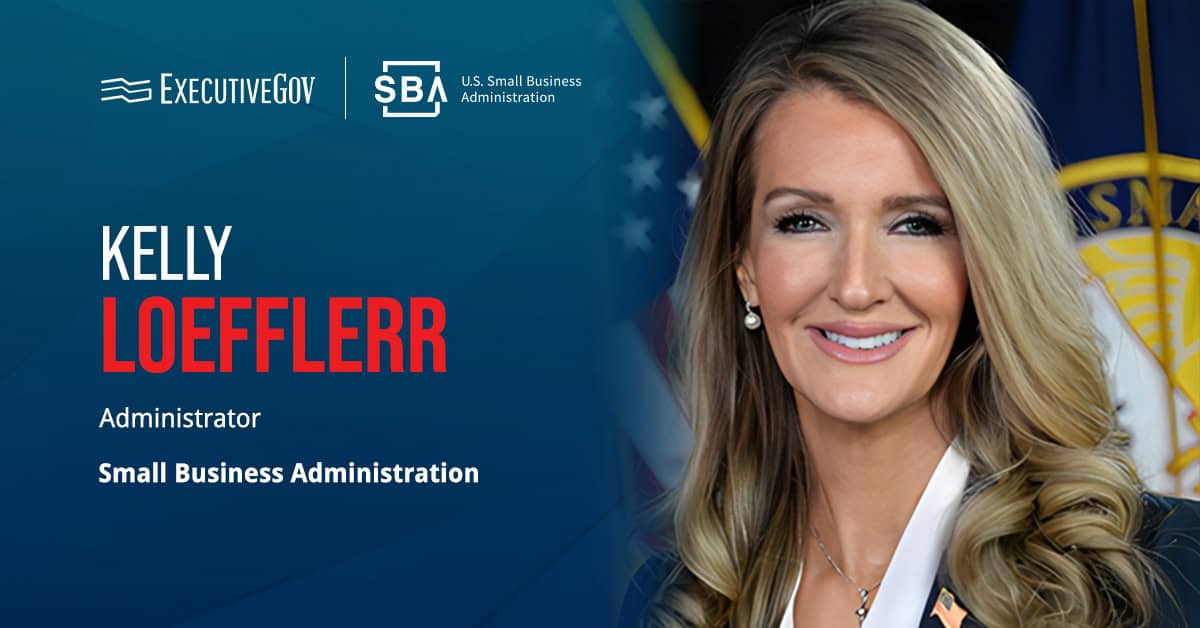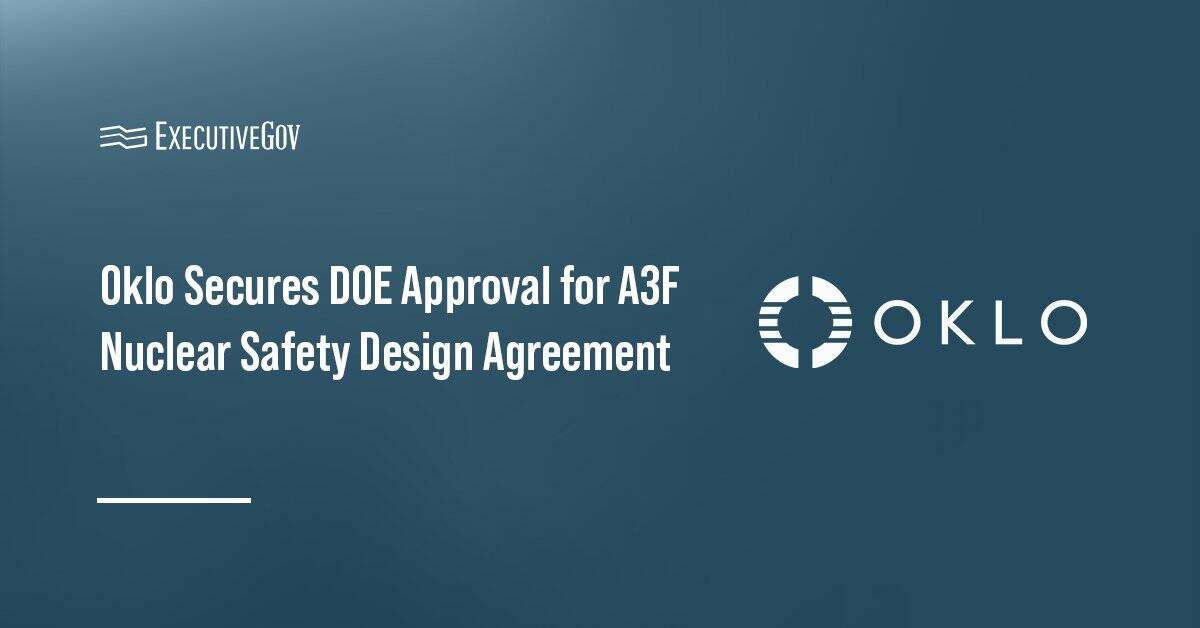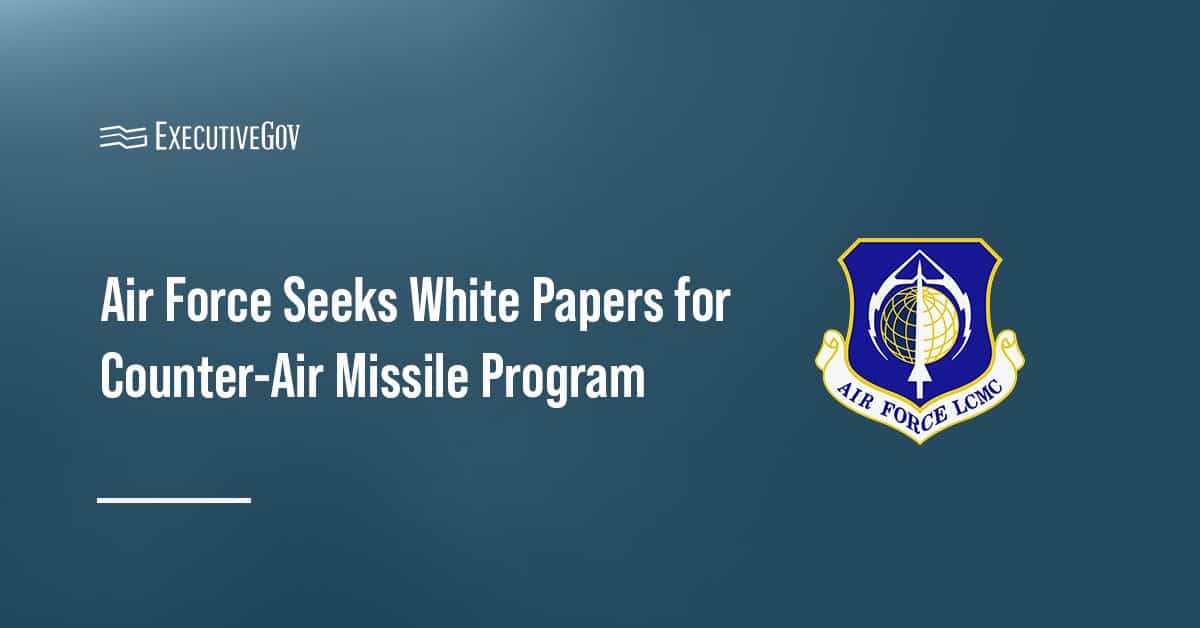A bipartisan group of senators has introduced the Guaranteeing Access and Innovation for National Artificial Intelligence Act, a proposal that would require chipmakers to give U.S. companies, startups and universities priority access to advanced AI chips before exporting them to China or other countries of concern.

The GAIN AI Act highlights the increasing pressure to align rapid AI advancement with the policy frameworks needed to support it. Similar concerns will anchor discussions at the Potomac Offices Club’s 2026 Artificial Intelligence Summit on March 19, offering agencies timely insight into navigating the accelerating AI landscape. Reserve your seat now to be part of the discussion.
Table of Contents
What Would the GAIN AI Act Require?
Under the proposed GAIN AI Act, companies seeking an export license for advanced integrated circuits would first need to certify that American buyers had a “right of first refusal.” The requirement includes a public notice period of at least 15 business days, preference for domestic buyers able to complete the purchase within 15 days and confirmation that no comparable domestic orders remain unfilled.
The measure would amend the Export Control Reform Act, requiring the Commerce Department’s Bureau of Industry and Security to impose a license requirement on advanced AI chip exports to countries of concern. The primary destinations targeted by the AI chip export requirements are those designated under export administration regulations as comprehensive embargoed and terrorist-supporting countries and U.S. arms embargoed nations, including China, Cuba, Syria, North Korea and Iran. Also included in the list are the jurisdictions of Hong Kong and Macau.
Covered products include those classified under export control categories 3A090 and 4A090. The bill specifies that the licensing requirements, including the right of first refusal for U.S. buyers, do not apply to an advanced integrated circuit or product that is “not designed or marketed for data centers.”
Why Are Lawmakers Pursuing the GAIN AI Act?
The lawmakers who introduced the bill include Sen. Jim Banks, R-Ind., member of the Senate Banking, Housing and Urban Affairs Committee; Sen. Elizabeth Warren, D-Mass., ranking member of the Senate Banking Committee; and Senate Minority Leader Chuck Schumer, D-N.Y. They said the proposed legislation is intended to ensure that the demand of American businesses, startups and universities for advanced processors is met before chips are sold abroad.
“American customers — including small businesses and startups — shouldn’t be forced to wait in line behind China’s tech giants when purchasing the latest AI chips,” Warren stated.
Are There Any Exceptions to the GAIN AI Act?
The legislation includes an exemption for exports to certain non-adversary countries when conducted by “trusted United States persons,” provided the shipments remain under U.S. control and comply with defined security and ownership conditions.














